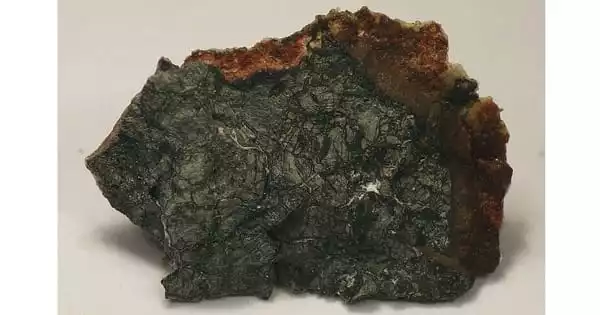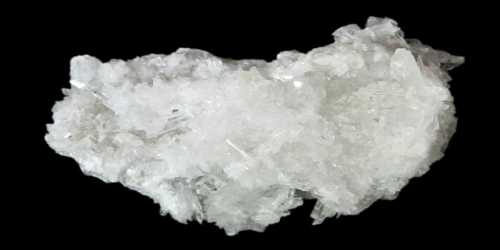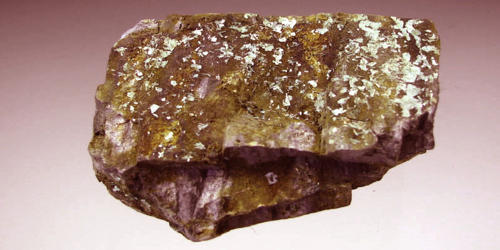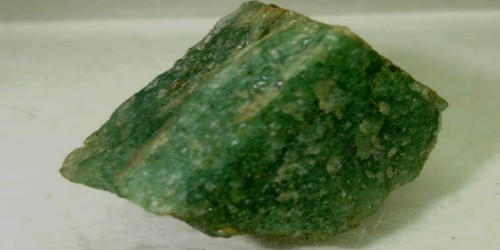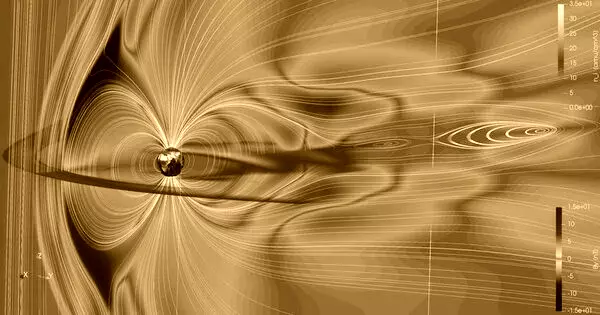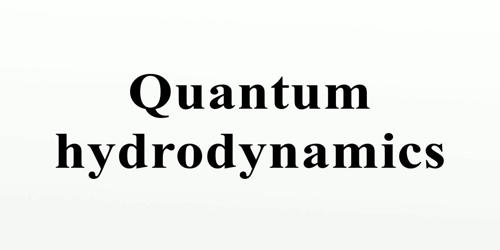When heavy machinery is operating and induced seismicity is present, an active underground mine can be a seismically active location. Researchers have now shown how to extract and isolate the signals produced by mining activities from the local seismic background noise using data from a longwall coal mine.
According to Santiago Rabade, a Ph.D. candidate at the University of Utah, and colleagues, this technique, which was detailed in the Bulletin of the Seismological Society of America, could be helpful in monitoring seismic events and the structural integrity of the mine as activities continue.
Underground mines called longwall coal mines take long panels of coal from a huge wall or slice of coal. The researchers used information gathered from a 17-geophone array on the surface of one such mine over the course of a month. The array’s initial purpose was to continuously record the mine’s seismicity and seismic background noise in order to detect any potential subterranean changes.
Initially, Rabade and associates employed a cross-correlation technique, which contrasts the signals from every geophone station within 5-minute periods. They distinguished between two different waveform groups in the 1–5 Hz frequency range, one with strong, coherent signals and the other without.
We think the location obtained from the time windows with mining activity is dominated by the signals emerging from the longwall shearing machine.
Santiago Rabade
After additional investigation, the researchers were able to distinguish between windows of time with strong coherent signals and those without strong signals. They came to the conclusion that the time windows with high signals were consistent with the development of mining, whereas the other windows show the region’s typical, persistent seismic background noise.
The sources of the mining-dominated windows were then identified by the researchers using a geographical approach. Their findings on time scales of 24 hours and 5 minutes were in good agreement with where the main longwall operations were located and where seismic events had been seen.
The method makes it possible to “find different sources occurring simultaneously if they are coherent enough,” said Rabade.
Rabade said the researchers haven’t investigated whether the method could locate different types of individual machinery. “We think the location obtained from the time windows with mining activity is dominated by the signals emerging from the longwall shearing machine.”
While the location method they used has been applied previously to track hydrothermal and volcanic tremors, he said the full workflow described in the BSSA study “can be a powerful tool to monitor real-time seismic sources in many active environments, for example, mines, volcanoes, geothermal or hydrothermal systems, fracking or wastewater injection sites, or oil and gas extraction areas.”
“While the researchers used one month of data to develop and test their method,” Rabade said their process could be accelerated in future monitoring applications.

